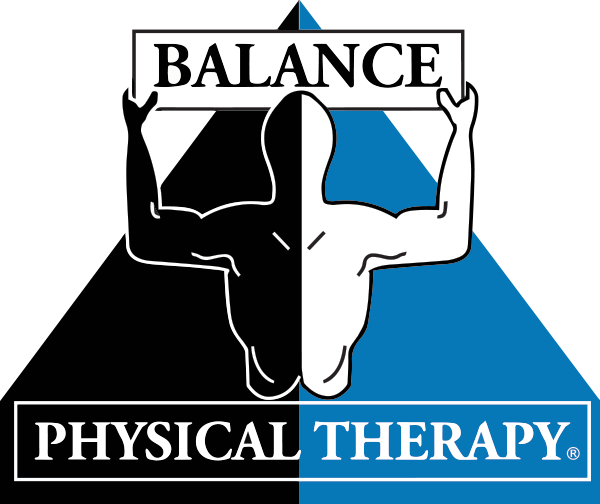Empowering Rehabilitation and Functionality Through Efficient Injury Prevention Tactics in Physical Rehabilitation and Personal Training
Within the world of physical rehabilitation and individual coaching, harm prevention is a crucial aspect that can significantly enhance rehabilitation and efficacy. Efficient injury prevention tactics help individuals prevent setbacks that can arise due to physical activity. These tactics are crafted to strengthen the body, enhance mobility, and encourage correct movement mechanics. By concentrating on these areas, both physical therapists and individual coaches can empower their clients to attain their fitness objectives while reducing the risk of injury.One of the essential components of harm prevention is understanding the significance of appropriate warm-up and recovery routines. A warm-up readies the physique for exercise by boosting blood flow to the tissues and improving flexibility. This can consist of dynamic flexibility exercises and gentle cardiovascular activities that slowly raise the heart rhythm. On the contrary hand, a recovery helps the physique shift back to a calm state, reducing muscular discomfort and stiffness. Incorporating these protocols into a workout plan is crucial for maintaining overall physical well-being and avoiding injuries.
Another important strategy is the use of resistance exercise to build muscular and support articulations. Robust muscular can assist support joints, check this link right here which reduces the chance of harm during exercise exertions. Individual trainers often design resistance training regimens that focus on specific muscular areas, guaranteeing a balanced method to wellness. Additionally, physical rehabilitators may use strength workouts to help clients rehabilitate from injuries while also avoiding future problems. By focusing on resistance, clients can improve their efficacy in sports and everyday tasks.
Mobility exercise is also a vital part of harm avoidance. Stretching exercises enhance the range of movement in articulations and assist preserve muscle flexibility. This is particularly crucial for sports participants who participate in intense athletics, as tight muscles can lead to injuries and tears. Both physiological rehabilitators and individual coaches can include mobility routines into their programs, such as static and dynamic stretching, pilates, or yoga. By encouraging flexibility, individuals can enhance their overall motion effectiveness and minimize the chance of harm.
Ultimately, informing participants about physical movement and correct methods is crucial for injury prevention. Comprehending how to move correctly during exercises can significantly reduce the risk of injury. Personal trainers and physical therapists can teach clients about posture, alignment, and the importance of paying attention to their bodies. This understanding empowers clients to make educated choices about their exercise exertions and identify when they may be at risk of injury. By fostering a solid base of harm avoidance strategies, both fields can help clients recover efficiently and function at their peak.
